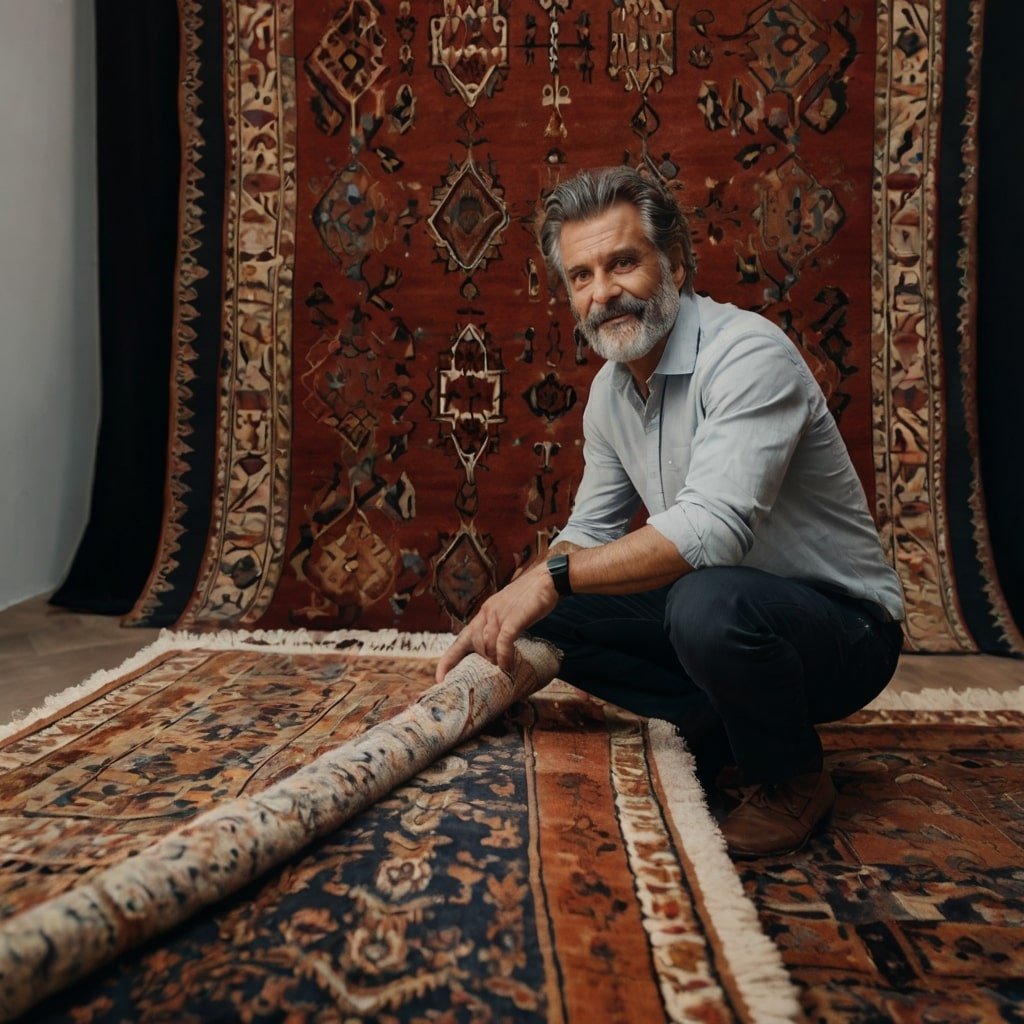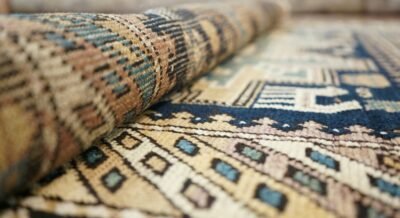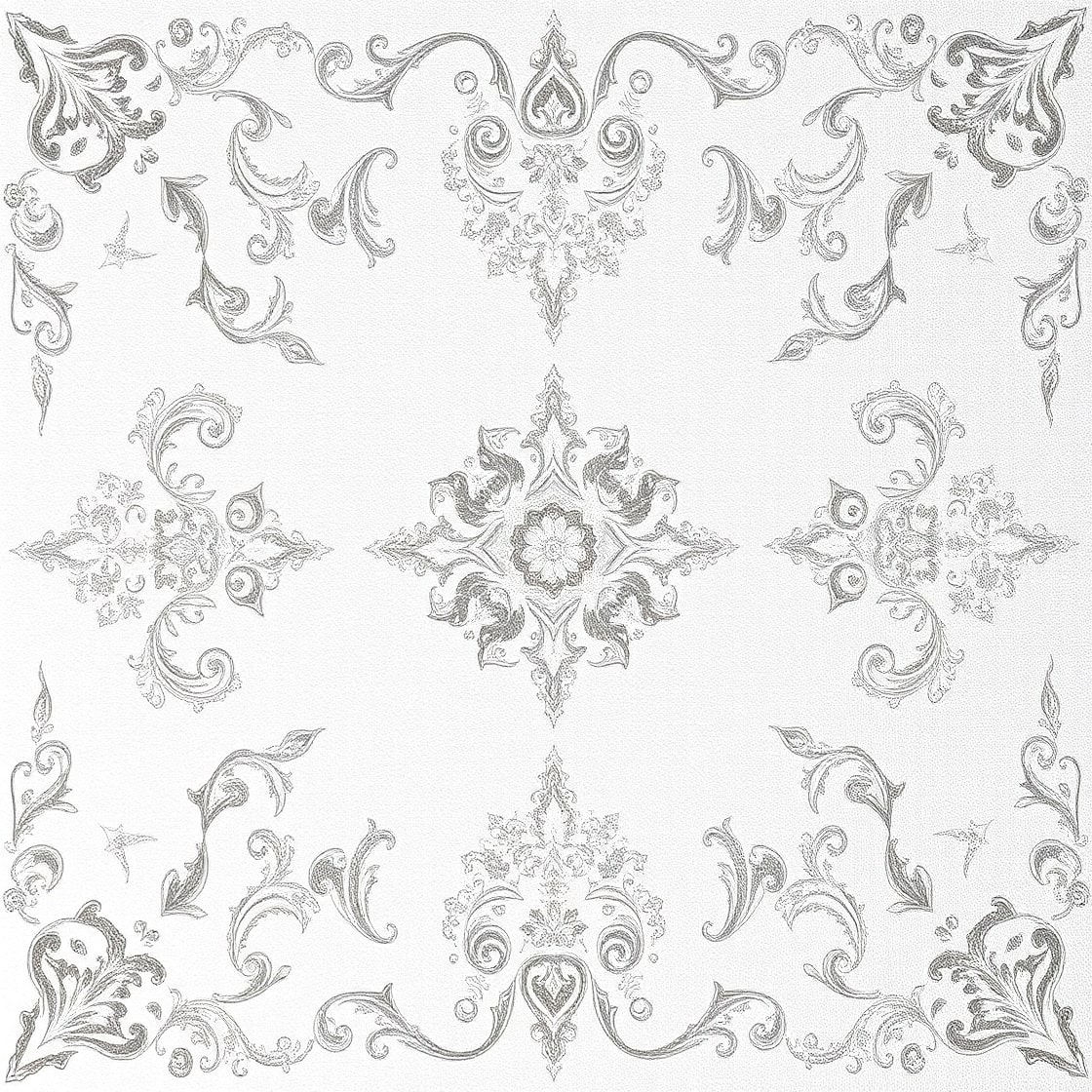Rug Weaving Villages: Stories of Persian Rug Artisans
When you admire a handwoven Persian rug, you’re not just seeing a home accessory—you’re witnessing a centuries-old tradition crafted by skilled artisans in villages across Iran. Each rug represents cultural identity, craftsmanship, and the timeless artistry passed down from generation to generation. At Shabahang Rugs, we believe every rug carries the spirit of its weaver and the history of its village.

The Legacy of Rug Weaving Villages
Persian rugs are typically named after the cities or villages where they’re made. These weaving centers are cultural hubs where patterns, techniques, and dyes have been refined for centuries. Each village brings its own unique story, resulting in distinct styles that are recognized and loved worldwide.
Iconic Rug-Weaving Villages and Cities
- Tabriz – Known for extremely fine knots and intricate medallion patterns, often with floral and hunting motifs. These rugs are admired for both artistry and durability.
- Kashan – One of the oldest weaving centers, Kashan produces rugs with luxurious wool, deep reds, and blues, often with grand central medallions.
- Qom (Qum) – Famous for pure silk rugs, Qom’s artisans create exquisite, collectible masterpieces that are among the most detailed in the world.
- Isfahan – Recognized for refined symmetry and balanced floral designs, often woven with silk foundations for added elegance.

The Artisans Behind the Craft
In many Persian villages, rug weaving is not just work—it’s heritage. Families weave together, with skills taught from parents to children over generations. Artisans spend months, sometimes years, completing a single rug.
Colors are inspired by nature, symbols often hold spiritual meaning, and every knot represents patience and dedication. For these weavers, rugs are more than décor—they are storytelling pieces that preserve culture and history.
The Cultural Significance
Persian rugs symbolize pride, resilience, and creativity. Buying a handwoven rug means supporting traditional artistry, sustaining village economies, and owning a piece of heritage that grows in value over time.
Shabahang Rugs: Connecting You with Authenticity
At Shabahang Rugs, we source directly from weaving centers, ensuring authenticity and fair support for artisans. Every piece in our collection reflects the journey from the sheep that provided the wool to the artisan who tied each knot with care.
Related Posts
Top Interior Design Trends with Persian Rugs in 2025
-
Posted by
 Ans Iqbal
Ans Iqbal - 0 comments
Persian vs Oriental Rugs: Key Differences You Should Know
-
Posted by
 Ans Iqbal
Ans Iqbal - 0 comments
How to Choose the Perfect Persian Rug for Your Living Room
-
Posted by
 Ans Iqbal
Ans Iqbal - 0 comments
Why Wool Rugs Are a Timeless Choice for Every Home
-
Posted by
 Ans Iqbal
Ans Iqbal - 0 comments
The Art of Persian Rugs: Why Every Home Needs One
-
Posted by
 Ans Iqbal
Ans Iqbal - 0 comments
Creative Rug Placement Ideas for Small Spaces
-
Posted by
 Ans Iqbal
Ans Iqbal - 0 comments
Caring for Rugs in Humid vs Dry Climates
-
Posted by
 Ans Iqbal
Ans Iqbal - 0 comments
Rug Lifespan: When to Restore, When to Replace?
-
Posted by
 Ans Iqbal
Ans Iqbal - 0 comments
How to Choose Rug Fibers: Wool, Silk, and Sustainable Options
-
Posted by
 Ans Iqbal
Ans Iqbal - 0 comments
Rug Investment Guide: Which Types Appreciate Over Time?
-
Posted by
 Ans Iqbal
Ans Iqbal - 0 comments
Rug Pairing with Flooring Types
-
Posted by
 Ans Iqbal
Ans Iqbal - 0 comments
The Symbolism in Persian Rug Motifs
-
Posted by
 Ans Iqbal
Ans Iqbal - 0 comments
